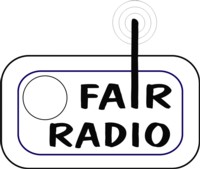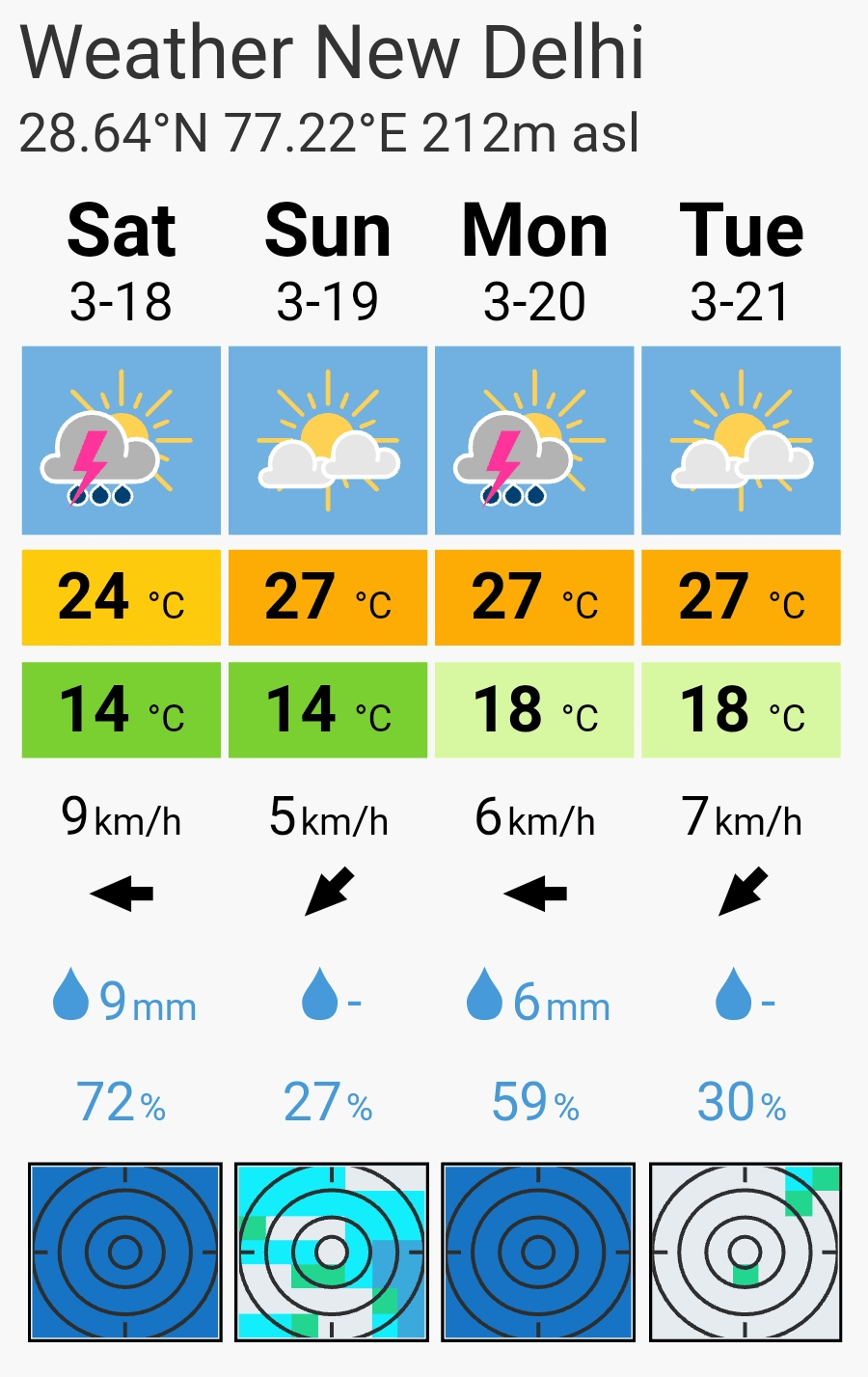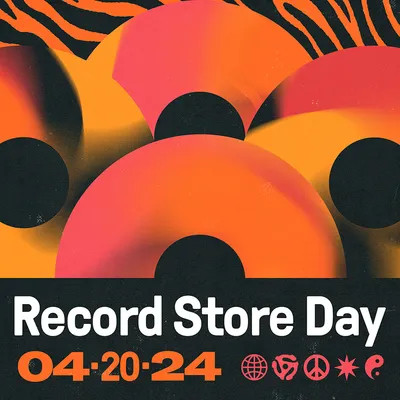
Abend- & Nachtragas (Teil 2) – mit Hörbeispielen auf der Violine u. Sitar … (s.a. Teil 1 mit Sendetermin am 25.07.2011)
Teil 2, Abend- und Nachtragas ergänzt sich zur zurückliegenden Sendung (v. 25.07.2011 auf Radio Rasa). In Teil 1 stellte IMC – India meets Classic die Violine als westliches Instrument vor, das in die nordindische und südindische Musik Einzug fand … und präsentierte dafür Ragabeipiele, wie den Abendraga Yaman, die Nachtragas Rageshri und Durga oder den Raga Maru Behag, eine Mischung aus einem Abend- und Nachtraga.
Sendetermine…
08. August verlegt auf 15. August 2011 – 22:00-22:58 Uhr CET (04:00 pm EST) @ Radio RaSA (CH)
(Premiere: 27. November 2006 @ Tide 96.0 FM)
broadcasting plan | streaming (Internet Radio & Mobile Radio) | podCast
Auch in Teil 2 beschaeftigt sich IMC – India meets Classic mit der Violine und ihrer herausragende Bedeutung in der indischen Klassik … Als Hörvergleich wird dem Klangbild der Violine die Interpretation von Abend- und Nachtragas auf der Sitar gegenübergestellt.
Der Sitarmeister Purbayan Chatterjee präsentiert mit der Violinisten Kala Ramnath in einem Jugal Bandi, dem indischen Duett, den Spätabendraga Bageshri, in einer Interpetation des rhythmisch-lebhaften und leichten Gesangsstils Tarana. Purbayans Lehrmeister und grosses Vorbild, Pandit Nikhil Bannerjee, wird als Solist den Spätabendraga Desh präsentieren, einer Aufnahme aus dem All India Radio Archiv.
Die Violine wurde im Ganzen im Nordteil Indiens, in der Hindustani-Musik kühler aufgenommen. Wie kein anderes Instrument aus dem Westen hat sich die Violine in der südindischen Musik etablieren können. Stilformen und Musikdarbietungen, die wir heute kennen, wurden in dem goldenen Zeitalter der südinsichen Klassik, zwischen 1750 und 1850 entwickelt (u.a. Kompositionen von Thygaraja, Dikshitar und Syama Sastri). In den Süden Indiens wurde die Violine von Baluswamy Dikshitar im frühen 19. Jahrhundert eingeführt.
Darum stellt IMC – India meets Classic in Teil 2 Violinisten als Vertreter der südindischen Musik vor. Dr. N. Rajam, der man den grössten Verdienst unter allen Violinistinnen Indiens für die indisch klassische Musik zusprechen kann, kombiniert die nordindische mit der südindischen Musik. Den Mitternachtsraga Malkauns auf ihrer CD RADIANT gibt es auch in der karnatischen Musik als Raga Hindolam. Sie gehören dem Bhairavi Thaat an, in der aufsteigenden wie absteigenden Skala jeweils aus 6 Noten bestehend: S – g – m – d – n – S.
Dr. N. Rajams Tochter, Sangeeta Shankar, hat mit ihrer Mutter Musikwerke aus beiden Traditoinen realisiert. IMC – India meets Classic präsentiert sie als Solistin mit dem Tablavirtuosen Ustad Zakir Hussain und Spät-Nacht-Raga Bageshree.
Die Brüder und das Violin-Duett Ganesh & Kumaresh sind zwei der führenden Künstler der südindischen, karnatischen Musik. Ganesh and Kumaresh entwickelten das Violinspiel technisch zu einem kraftvollen Ausdruck und … präsentieren aus ihrer CD Sundaram (= Schönheit) die süd-indische Form “Ragam Tanam Pallavi, mit einer eigenen Komposition von Ganesh, die dem südindischen Abendraga Vasanta entspricht. Er ist einer der ältesten Ragas in Indien, der seit mehr als 1000 Jahre gepielt wird.- Typisch in der südindischen Vokal- und Instrumentalmusik begleiten anstatt der Tabla die Mridanga, die klassische Trommel Indiens und der Ghatam, ein gefässartiger Klangkörper aus Ton.
Hinweis: Dem Thema Fusion & Weltmusik, in der die indische Violine durch herausragende Künstler wie Dr. Lakshminarayana Shankar – bekannt als L. Shankar, seinen Bruder L. Subramaniam, in seiner Heimat betitelt als “The God of Indian Violin, “The Paganini of Indian Classical Music oder dessen Schüler S. Harikumar eine grosse Bedeutung erfährt, wird sich IMC – India meets Classic in einer seiner weiteren Sondersendungen gesondert widmen.















